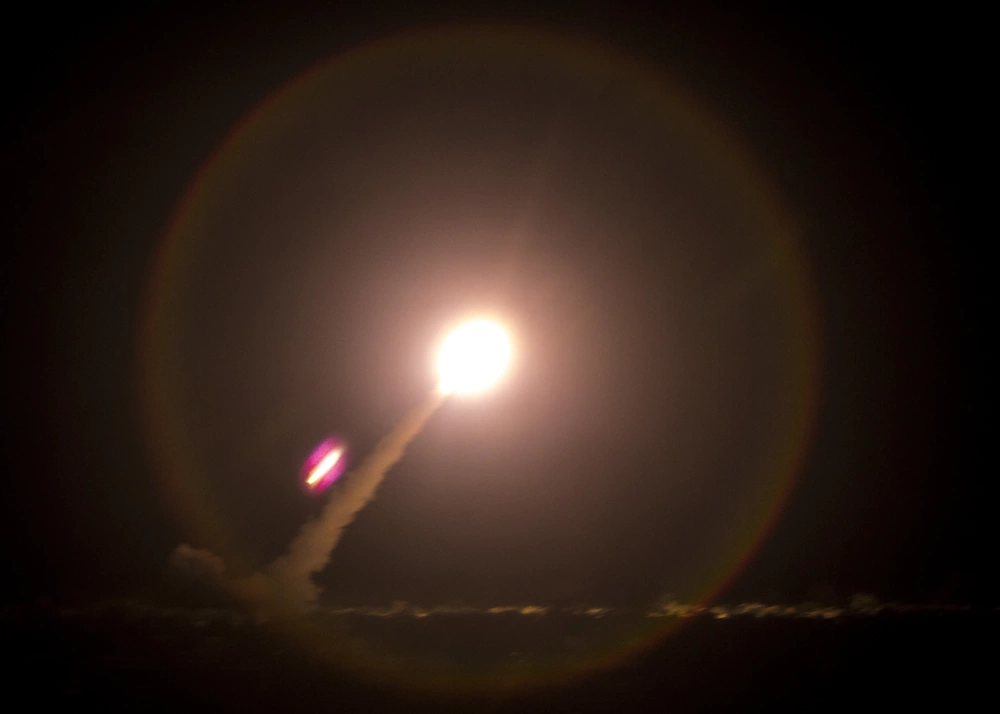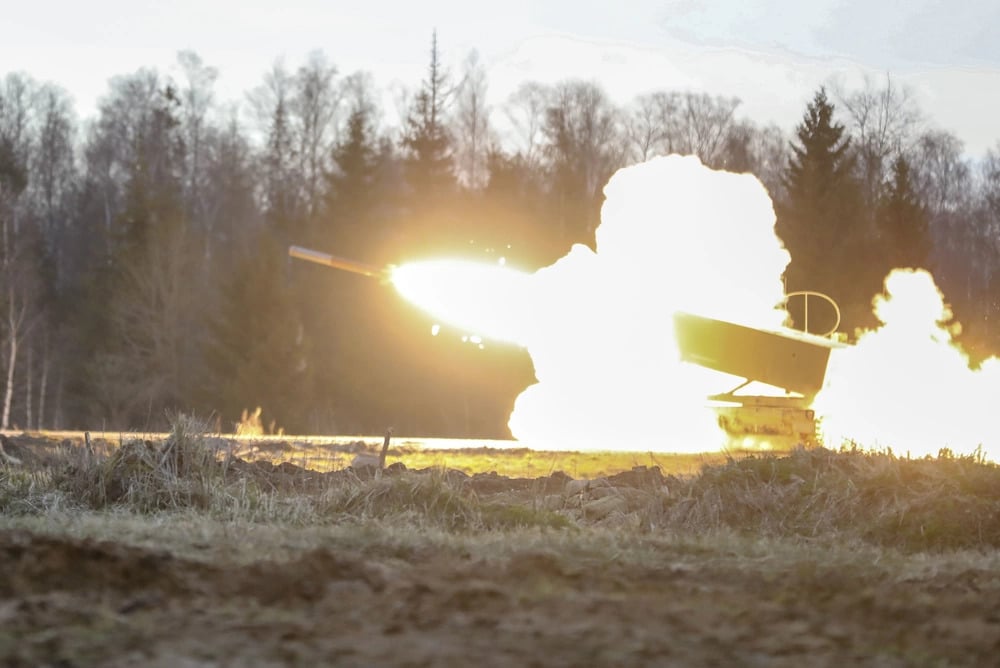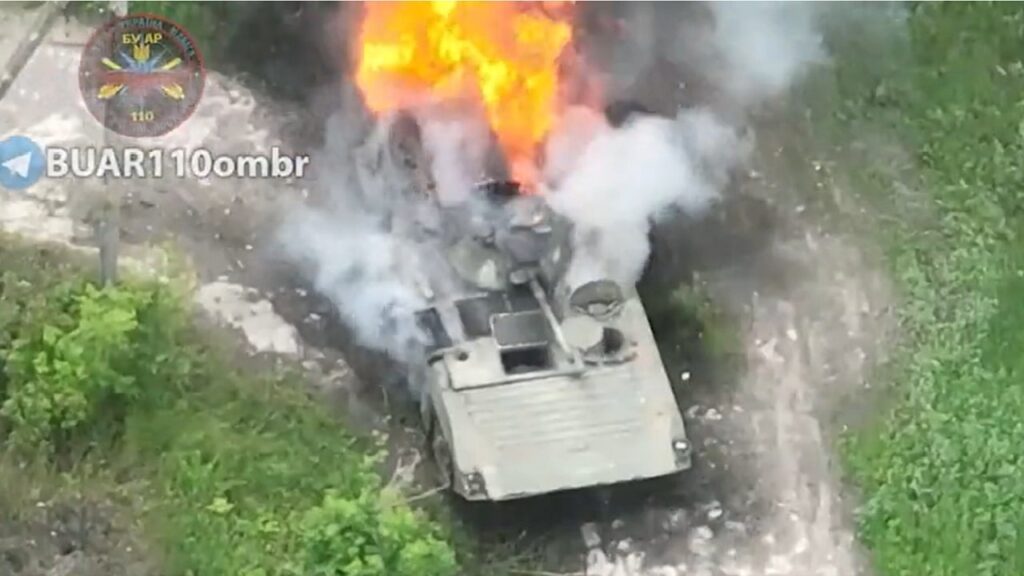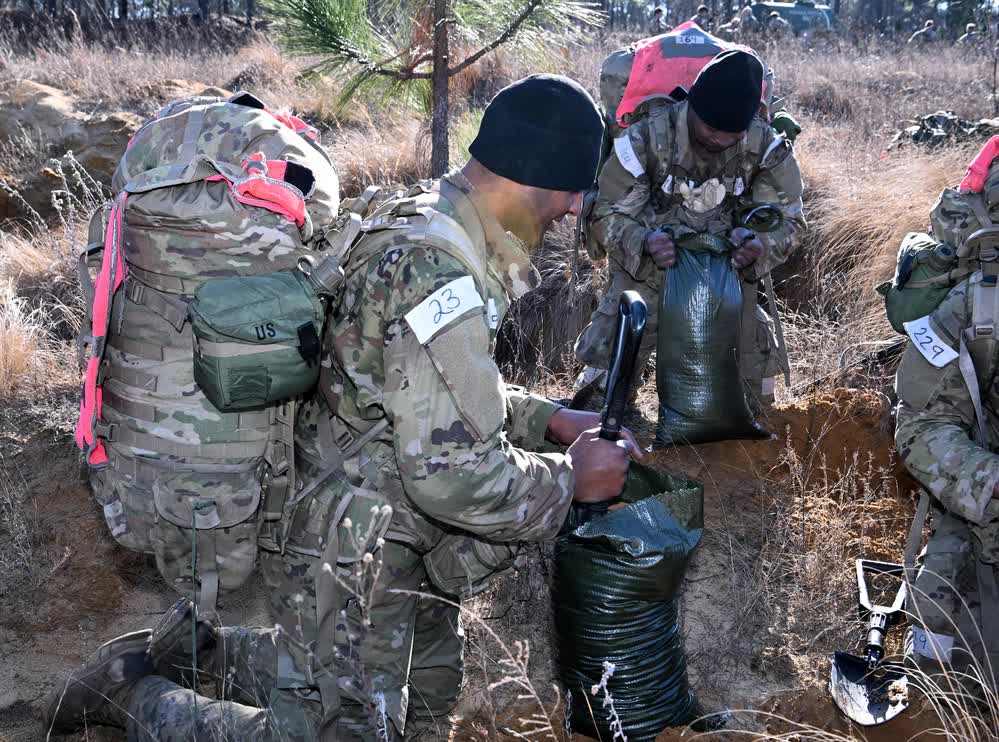Ukraine’s new American-made rocket launchers are the deadliest weapons in Ukraine’s arsenal.
That’s not the Pentagon talking, or a U.S. defense contractor advertising its products, but rather a Russian military expert writing in TASS, Russia’s state-controlled news agency.
The expert specifically cited the M142 High Mobility Artillery Rocket System (HIMARS), delivered to Ukraine by the U.S., and the U.S.-made M270 Multiple Launch Rocket System (MLRS) delivered by Britain.
“Of all possible armaments supplied by the collective West, the M270 MLRS and M142 HIMARS are the most dangerous and capable weapons available to the Ukrainian armed forces that can influence combat operations,” said Alexey Sakantsev, whom TASS identified as a reserve officer in Russia’s missile and artillery forces.
Sakantsev echoed the Biden administration’s fears that Ukraine might use these rocket launchers, which can fire guided and unguided munitions at ranges of up to 50 miles, to hit targets inside Russia.
“If the Ukrainian armed forces get the longest-range rockets, they will be able to shell some Russian aerodromes, military bases and a lot of ammunition depots, command posts and troop amassment areas, and also air defense systems and artillery even not at positions but at the places of their maintenance, transportation and preparation,” he said.
Their mobility and accuracy make for a deadly combination

Sakantsev’s praise is music to the ears of Lockheed Martin, the manufacturer of MLRS and HIMARS.
The Russian officer lauded the systems’ mobility – MLRS is a tracked vehicle, while HIMARS is a lighter-wheeled vehicle – which allows the launchers to quickly displace to a new location after firing and thus avoid counterbattery fire. He complimented their ability to quickly reload rockets and launch different types of rockets, including fragmentation munitions, anti-armor, anti-personnel cluster warheads, and rocket-delivered mines. In particular, he pointed to MGM-140 Army Tactical Missile System (ATACMS) missiles that have a range of 190 miles.
Because many of these munitions are GPS-guided, they “feature low circular error probability and, therefore, require no adjustment fire: the target will be hit suddenly and accurately and, in case of cluster munitions, massively,” Sakantsev said.
Interestingly, while Russia has invested heavily in GPS jamming systems, Sakantsev doesn’t believe that the American rockets can be stopped by jamming GPS guidance signals.
“This may be done theoretically and technically but not practically,” he said. “This is because the signal will have to be ‘suppressed’ along the rocket’s entire flight path while a part of this course extends over enemy territory and it is almost unrealistic to jam the rocket’s path over friendly territory just based only on energy.”
Related: The West is sending the superior M777 Field Artillery Howitzer to Ukraine
The rocket launchers are a major threat to Russian forces

Sakantsev argues that Russia’s best defense against MRLS and HIMARS is to destroy the launchers before they can fire.
“It is vitally necessary to destroy such systems at their stationing places before they move into firing positions and the Russian Aerospace Forces are capable of fulfilling this task. In some cases, this task can be fulfilled by Iskander-M systems [ballistic missiles].”
Russian air defense systems can also destroy the rockets in flight, Sakantsev said. “All the munitions of these systems can be detected in flight and destroyed by the Russian advanced air defense systems like the S-300, S-350, S-400, Buk, Tor-M2, Pantsir-S, and Tunguska.”
It’s not clear whether Russia could afford to expend expensive surface-to-air missiles on rockets, especially when Western sanctions have curtailed imports of electronics needed for Russian high-tech weapons. Nor does Russia’s inability to defeat Ukrainian drones or Ukraine’s air force inspire confidence that Russian air defense systems can stop Guided MLRS (GMLRS) rockets traveling at Mach 2.5.
Therefore, this raises the question of why is Russian state media extolling the capabilities of MLRS and HIMARS. One possibility is that the Kremlin wants justification for taking extreme measures to defeat these weapons, such as attacking supply routes through which they reach Ukraine. Alternatively, it could be seeking justification for retaliating against the West – such as through cyberwarfare, or restricting oil and gas exports – for sending the rocket launchers to Ukraine in the first place.
Michael Peck is a contributing writer for Sandboxx and Forbes. He can be found on Twitter and LinkedIn.
Read more from Sandboxx News
- Twitter Bombs: Munitions allegedly carry revenge messages for Russian targets
- Your tactical update on Ukraine (June 17)
- China fears the urban warfare displayed in Ukraine could save Taiwan
- What does the invasion of Ukraine mean for China and Taiwan?
- America may have just taken the lead in hypersonic cruise missile technology




